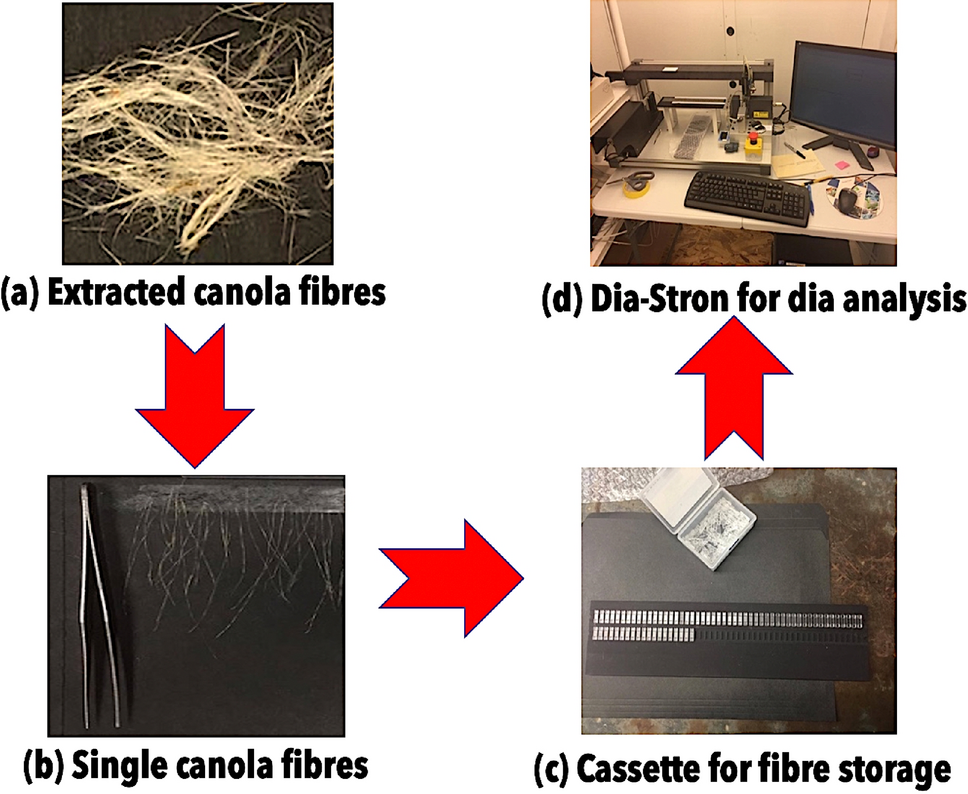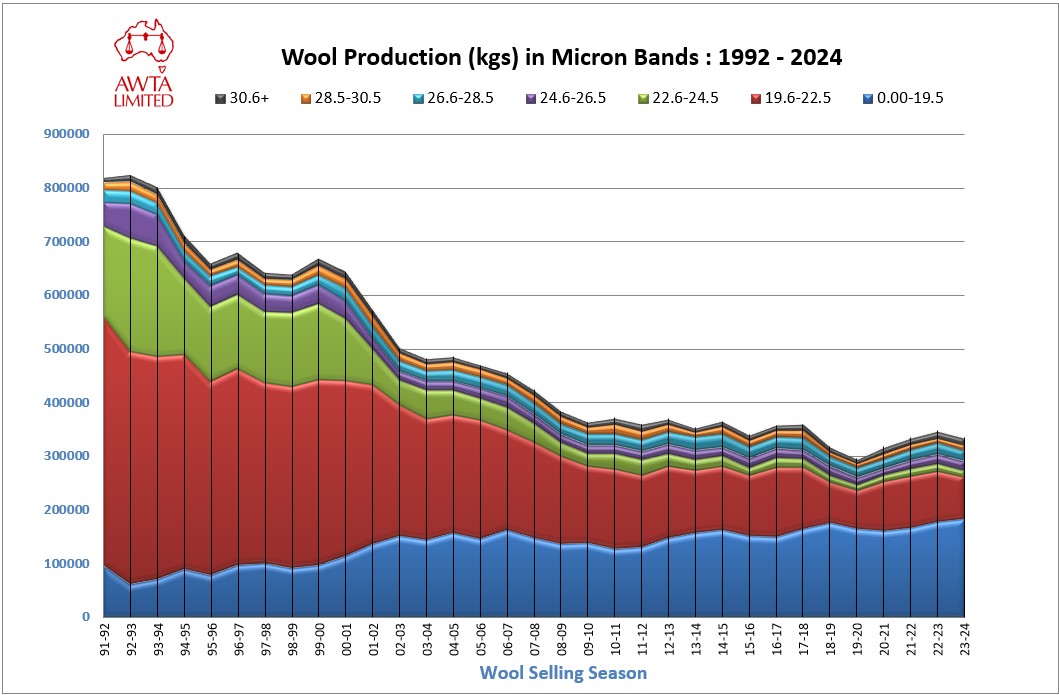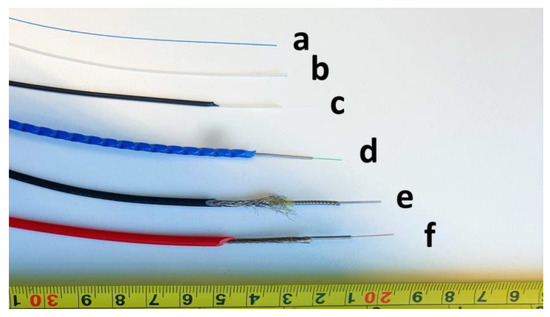Features to Look for in an Optical Fibre Diameter Analyser Device
Features to Look for in an Optical Fibre Diameter Analyser Device
Blog Article
Optimize Your Fiber Optic Efficiency: Comprehending Optical Fibre Size Analyser Technology
The performance of fibre optic systems is critically affected by the accuracy of their size, an aspect frequently overlooked in the quest of ideal signal honesty. Understanding the modern technology behind optical fiber size analysers exposes the elaborate balance in between measurement accuracy and production top quality. These devices not only boost conformity with market criteria however additionally supply real-time understandings that can preemptively deal with prospective concerns. The ramifications of their use prolong beyond simple dimension; they can fundamentally alter the landscape of fiber optic performance. What aspects should one consider to harness their complete potential?
Relevance of Optical Fibre Size
The diameter of optical fibre plays a vital function in identifying the performance and effectiveness of interaction systems. It influences several essential criteria, including the setting of light breeding, depletion, and data transfer capability. Larger sizes commonly enable numerous light modes, assisting in greater data transmission rates. Alternatively, smaller sizes have a tendency to support less modes, which can improve signal quality and minimize crosstalk.

Furthermore, comprehending the diameter's implications can bring about cost financial savings by minimizing the demand for signal boosting and repeaters in substantial networks (optical fibre diameter analyser). Finally, the relevance of optical fiber diameter can not be overemphasized, as it straight influences the total performance and dependability of modern-day interaction systems

Exactly How Size Affects Signal Quality
Signal high quality in optical fiber systems hinges considerably on the diameter of the fibre. The diameter affects several key specifications, including depletion, bandwidth, and modal diffusion. A smaller diameter can lead to greater depletion prices, leading to signal loss as light travels via the fibre. This depletion can jeopardize the stability of the transmitted data, resulting in a decline in signal top quality, especially over lengthy distances.
Conversely, larger sizes generally enable for enhanced light capture and lowered modal dispersion, boosting signal quality. In multimode fibres, a bigger core size can support several light modes, but it might additionally present intermodal diffusion, which can deteriorate signal top quality. Choosing the optimal fiber diameter is crucial for achieving the desired performance in specific applications.
Additionally, the interaction in between the fiber size and the wavelength of the light made use of plays an essential role in determining the effective transmission distance and total signal stability. Understanding how fibre size impacts signal top quality is important for network designers and engineers aiming to maximize optical fiber systems for trusted, high-speed data transmission.
Overview of Diameter Analyser Modern Technology
In numerous optical fiber production processes, precise dimension of fiber size is necessary for making certain constant performance and high quality (optical fibre diameter analyser). Diameter analysers are sophisticated instruments made to examine the physical measurements of optical fibers with high precision. They utilize advanced optical and laser innovations to determine the diameter, ovality, and concentricity of the fiber, thus supplying crucial information for quality assurance
These analysers can run in-line throughout the production procedure visit the website or as part of off-line screening protocols. In-line systems allow real-time tracking, permitting makers to readjust parameters immediately, consequently maintaining ideal production conditions. Off-line analysers, on the various other hand, provide thorough examinations of sets, ensuring that any kind of deviations from defined tolerances are identified and resolved.
Diameter analysers substantially add to the decrease of problems in optical fibers, improving general item integrity. By continually measuring vital specifications, these technologies promote compliance with industry criteria and specifications. As the demand for high-performance optical fibers remains to increase, the role of size analysers comes to be increasingly crucial in achieving the preferred top quality and performance requirements in fiber optic systems.
Key Features of Fiber Size Analysers
Although numerous versions of fiber diameter analysers exist, they commonly share a number of key attributes that improve their capability and reliability. Among one of the most significant attributes is high-resolution measurement capabilities, which make certain exact size analyses, essential for preserving quality assurance in fibre production. Additionally, numerous analysers incorporate sophisticated optical sensing units designed to find minute variations in fiber diameter, therefore supplying important data for procedure optimization.
One more vital feature is real-time tracking, enabling drivers to obtain instant responses on fibre size throughout the production process (optical fibre diameter analyser). This ability assists in rapid changes and reduces the possibility of defects. Numerous analysers also come outfitted with straightforward interfaces, making it possible for operators to quickly navigate through setups and data outcomes
Additionally, robust information storage space and evaluation capabilities are essential for tracking historic efficiency fads and guaranteeing compliance with industry standards. Some versions even offer connection options for assimilation into existing manufacturing control systems, enhancing overall functional effectiveness. Finally, portable and portable layouts enable for flexible release within production environments, guaranteeing that high quality guarantee procedures are smooth and effective. These features collectively add to the effectiveness of fiber diameter analysers in enhancing fibre optic efficiency. Read More Here
Finest Practices for Fibre Optimization

First, regular calibration of optical fibre diameter analysers is important. This guarantees exact dimensions and decreases potential disparities that can affect efficiency. Next, keeping a clean working environment is vital; dust and impurities can result in indicate destruction.
Furthermore, it is essential to choose fibres that meet specific application needs. This includes examining aspects such as depletion, bandwidth, and environmental conditions. Appropriate installment strategies must also be abided by, consisting of avoiding sharp bends and excessive tension, which can compromise fiber integrity.
In addition, utilizing innovative monitoring systems he has a good point can help with real-time performance evaluations, making it possible for punctual recognition of problems. Routine screening and maintenance should be conducted to make sure that fibers remain within optimum functional specifications.
Lastly, training employees on the most up to date fibre optimization innovations and approaches will enhance their ability to carry out effective techniques. By complying with these ideal techniques, companies can significantly boost the performance and life-span of their optical fibre systems, guaranteeing effective interaction and information transfer.
Conclusion
In verdict, the integration of optical fiber size analyser modern technology is crucial for taking full advantage of fibre optic performance. By making sure precise dimensions of fiber dimensions, these analysers dramatically improve signal high quality and lower losses throughout information transmission.
Signal top quality in optical fiber systems hinges significantly on the diameter of the fiber.In several optical fibre production processes, exact dimension of fiber diameter is vital for making sure consistent performance and quality. As the need for high-performance optical fibres continues to rise, the role of size analysers becomes increasingly important in accomplishing the desired top quality and efficiency criteria in fiber optic systems.
These functions collectively contribute to the effectiveness of fiber diameter analysers in optimizing fiber optic efficiency.
In conclusion, the combination of optical fiber diameter analyser technology is vital for taking full advantage of fiber optic efficiency.
Report this page